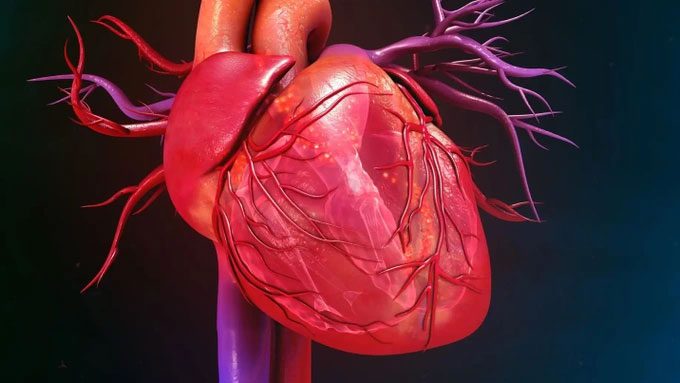A research team at the Massachusetts Institute of Technology (MIT) in the United States has been working to create a functional replica of the human heart using 3D printing technology, increasing the chances of survival for patients in need of this organ transplant.
This innovative breakthrough could save lives for those suffering from dangerous heart-related diseases that require transplantation.

Scientists using 3D printing technology to recreate the functional cores of the human heart. (Image credit: Futura Science).
Despite advancements in medical technology, heart transplantation still carries significant risks because each heart is unique, especially when it is affected by disease. This can lead to incompatibility between the recipient and the transplanted heart, resulting in complications that may be fatal.
To address this issue, the scientists at MIT employed 3D printing technology to recreate the functional cores of the human heart. Essentially, this technique involves creating a twin heart that shares the same characteristics as the patient’s own heart.
As a result, this organ can be configured to accommodate the patient’s specific defects. Doctors will conduct preliminary tests to determine how to optimize the transplantation process and increase the likelihood of success.
Initially, they perform a computed tomography (CT) scan to digitize the patient’s heart images and model them in 3D. Following this, the doctors use technology to print the left ventricle and aorta of the patient’s heart with flexible photopolymer plastic.
Next, it will be mounted with a flexible sleeve robot connected to a micro-pump to help restore the heart’s blood-pumping function. The research team has even managed to implant valves that mimic those used to widen the arteries of the original heart.
This is intended to ensure that blood flow, pressure, size, and shape of the new heart closely resemble that of the patient’s original heart.
Results indicate that it performs quite well in trials using artificial blood with the 3D printed heart. Researchers found that these valves produce results similar to those used in human hearts. This opens up new survival opportunities for patients in need of heart transplants.
The study was published in the journal Soft Robotics in February 2023.



















































